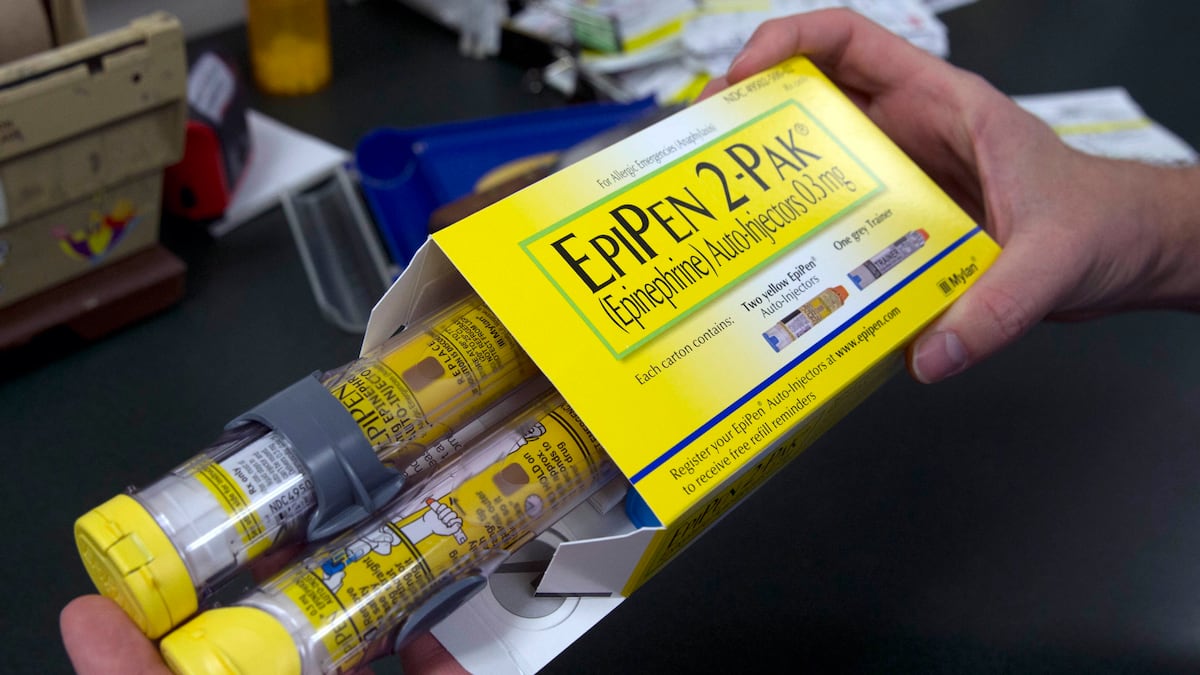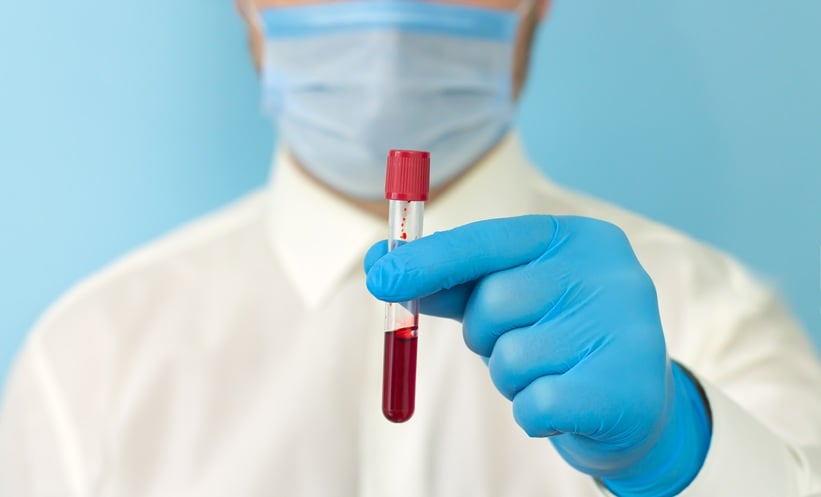- Imran Khan’s sons: ‘What they’re doing to our father is barbaric’ The Times
- ‘Clear torture tactics’: Imran’s sons say incarcerated PTI founder being kept in isolation in jail Dawn
- Imran Khan’s Sons Tell Mehdi Their Father Is Being…
Published on 20th December 2025
The Mayor of Cheltenham has personally thanked racegoers for their generosity in helping to raise more than £1,000 for charity.
The Mayor of Cheltenham has personally thanked racegoers for their generosity in helping to raise more than £1,000 for charity.
Councillor David Willingham was struck by the good will and spirit of punters attending the Christmas Meet at the town’s racecourse last week (12 – 13 December).
The collection raised £1,025.28 and the funds will help support the mayor’s charities which this year are: Cheltenham Sea Cadets, Men in Sheds and The Rock.
Mayor of Cheltenham, Cllr Dr David Willingham, said: “I would really like to thank the racegoers for their generosity of their donations after the Christmas Meeting on the 12th December 2025. Every penny raised will go to helping charities which make a wonderful positive difference to the lives of people in Cheltenham. I would also like to acknowledge and thank the Jockey Club for their support by allowing us to run this collection.”
Anyone could make a donation online by visiting Cheltenham Borough Council’s website and searching for mayor’s charities.
ENDS
For media enquiries contact: communications telephone 01242 264154, email [email protected]









